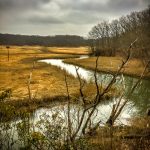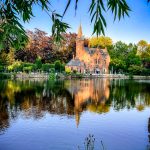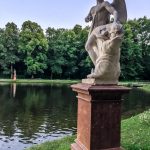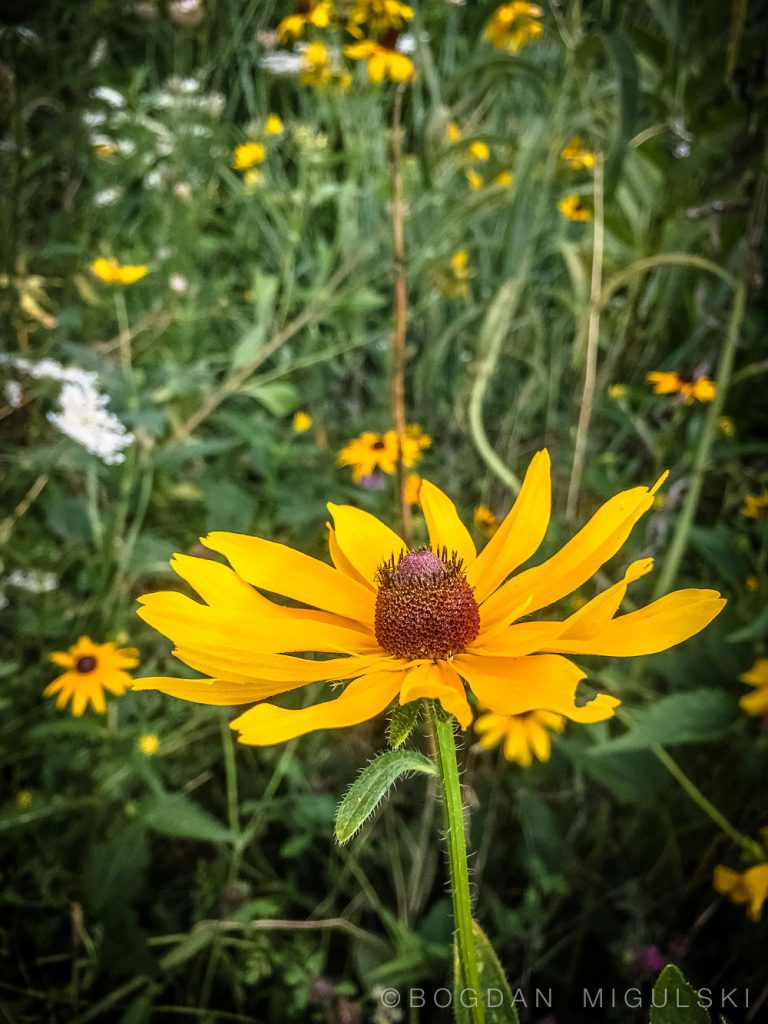
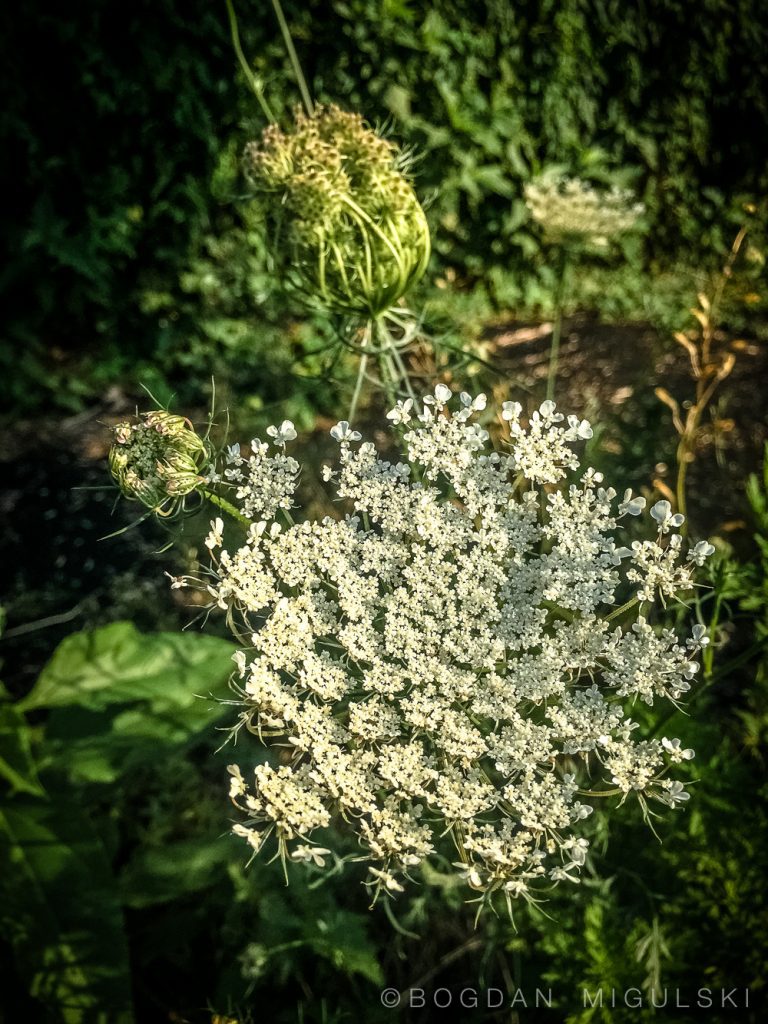
The island is crossed by the Triborough and Hell Gate bridges. The island can be reached by the Triborough Bridge; the Wards Island Bridge, which serves pedestrians and bicyclists and links the island to East Harlem in Manhattan; or by the Randalls Island Connector, a pedestrian and cycling bridge crossing the Bronx Kill and connecting to the Port Morris neighborhood of the Bronx. Randalls Island is the home of three music festivals: Governors Ball Music Festival, Panorama Music Festival, and Electric Zoo Festival.

Native Americans called Wards Island Tenkenas which translated to “Wild Lands” or “uninhabited place”, whereas Randalls Island was called Minnehanonck. The islands were acquired by Wouter Van Twiller, Director General of the Dutch colony of New Netherland, in July 1637. The island’s first European names were Great Barent Island (Wards) and Little Barent Island (Randalls) after a Danish cowherd named Barent Jansen Blom. Both islands’ names changed several times. At times Randalls was known as “Buchanan’s Island” and “Great Barn Island”, both of which were likely corruptions of Great Barent Island.
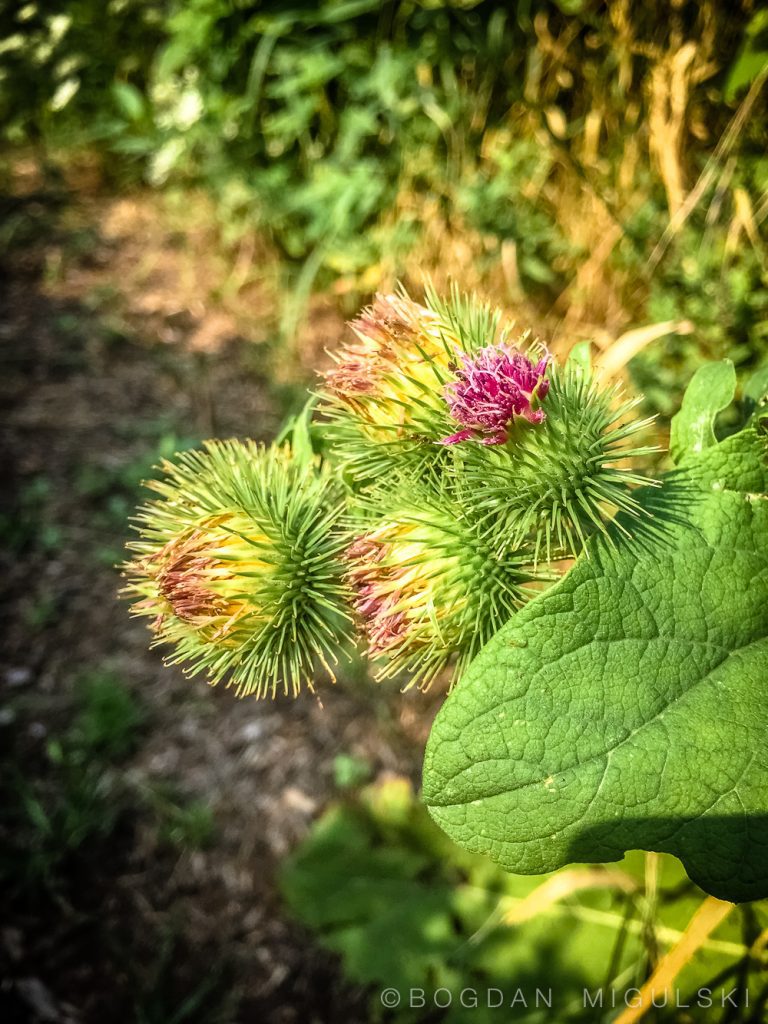
John Montresor, an engineer with the British army, purchased Randalls Island in 1772. He renamed it Montresor’s Island and lived on it with his wife until the Revolutionary War forced him to deploy. During the Revolutionary War, both islands hosted military posts for the British military. The British used his island to launch amphibious attacks on Manhattan, and Montresor’s house there was burned in 1777. He resigned his commission and returned to England in 1778, but retained ownership of the island until the British evacuated the city in 1783 and it was confiscated.

Although a small population had lived on Wards since as early as the 17th century, the Ward brothers developed the island more heavily by building a cotton mill and in 1807 building the first bridge to cross the East River. The wooden drawbridge connected the island with Manhattan at 114th Street, and was paid for by Bartholomew Ward and Philip Milledolar. The bridge lasted until 1821, when it was destroyed in a storm. After the destruction of the bridge, Wards island was largely abandoned until 1840. Jonathan Randel’s heirs sold Randalls to the city in 1835 for $60,000.
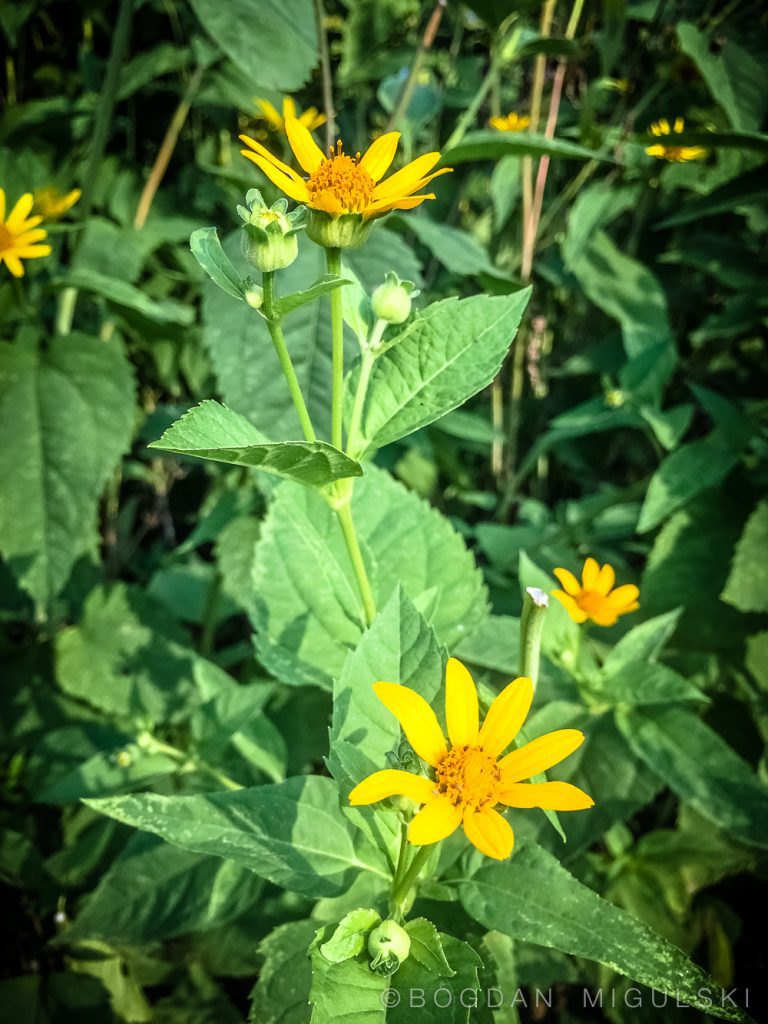
In the mid-19th century, both Randalls and Wards Islands, like nearby Blackwell’s Island, became home to a variety of social facilities. Randalls housed an orphanage, poor house, burial ground for the poor, “idiot” asylum, homeopathic hospital and rest home for Civil War veterans, and was also site of the New York House of Refuge, a reform school completed in 1854 for juvenile delinquents or juveniles adjudicated as vagrants. Between 1840 and 1930, Wards island was used for:
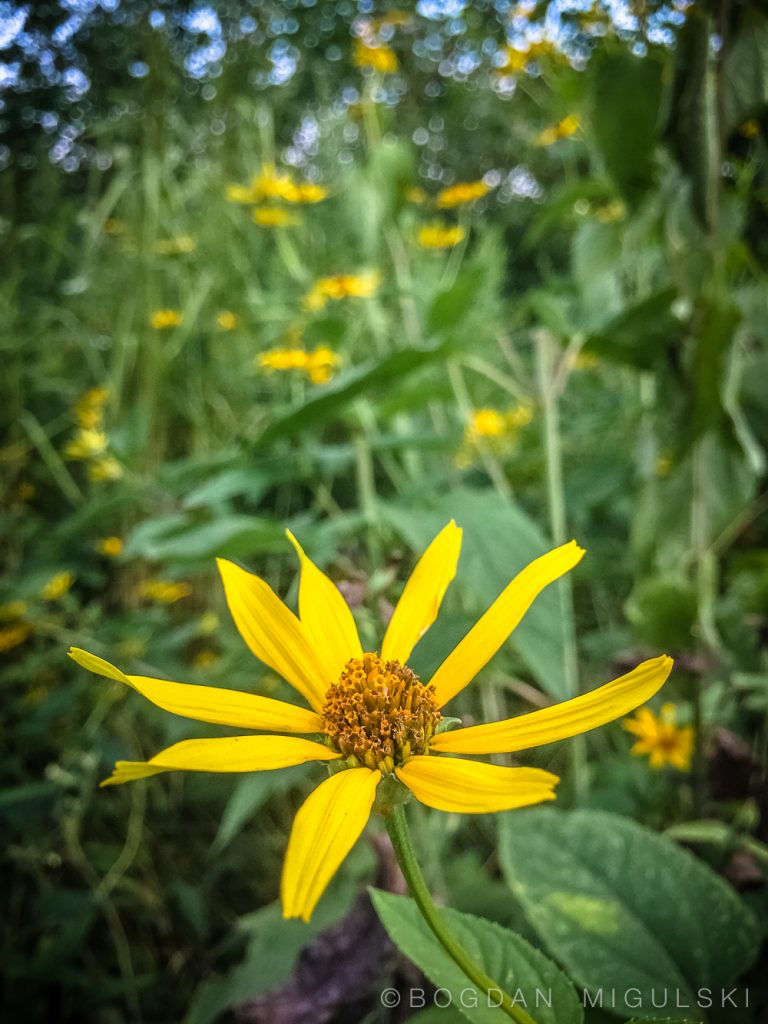
When the Triborough Bridge opened in 1936, it spurred the conversion of both islands to parkland. At the time, Little Hell Gate separated Randalls and Wards Islands. Around the late 1930s, Little Hell Gate began to be narrowed using infill to make room for an expansion of the parks. By the early 1960s, the islands were connected.

There was also formerly another small island, the Sunken Meadow Island, to the east of Randalls Island. It was infilled starting in 1955 when the city allowed construction companies to dump debris in between the islands for free. The former island is now part of Sunken Meadow. The Sunken Meadow section of the Randalls Island Park, which was essentially completed by 1965, comprises 85 acres (34 ha) and contains ball fields. Sunken Meadow also contains the infilled portion of Little Hell Gate.

In 1984, the point at the southeastern tip of the island was officially designated “Negro Point”, based on the unofficial usage of riverboat workers. The United States Geological Survey and the National Oceanic and Atmospheric Administration used that name. It still appears on charts of the area today. In 2001 the Parks Commissioner Henry Stern, upon learning of the name, thought it was offensive. He changed the name to “Scylla Point” and paired it with Charybdis Playground in Astoria Park; the two features are on opposite sides of Hell Gate, just as the mythological monsters of Scylla and Charybdis were on opposite sides of the Strait of Messina. Despite the name change Negro Point is still used by tug captains and mates as they sail past the area.

Proposals to add parks to the islands were made as early as 1916, but park development was truly kicked off by the 1930 Metropolitan Conference of Parks, which recommended transforming them into recreational parks. Randalls Island Park is operated by the Randall’s Island Park Alliance (RIPA), a public-private partnership founded in 1992 as the Island Sports Foundation.

Randalls Island Park Alliance works with the City and local communities to provide sports venues, cultural events and environmental exploration. RIPA runs free youth programs at the Park, bringing thousands of children to the Park annually for a range of sports and environmental-education activities. Youth programs include public school field trips to the park’s urban farm and saltmarsh, environmental and garden tours and workshops, and various outdoor arts and crafts programs. In addition, RIPA hosts Randalls Island Kids camp, a free six-week-long summer camp for children from community organizations in East Harlem and the South Bronx. Programming for the general public includes movies nights in the park, historical and environmental tours, outdoor yoga, and large festivals, including the Cherry Blossom and music festivals.

Randalls Island Park contains over 8 miles of pedestrian and bike pathways, the majority of which run along the scenic waterfront perimeter of the island. With connections to all three boroughs, the island acts as a non-vehicular route for traveling between Manhattan, the Bronx, and Queens. Connection to the South Bronx Greenway is planned, with additional waterfront pathway sections, a naturalized “living shoreline,” and further environmental restoration. Greenway segments are part of the East Coast Greenway, a 3,000 mile long trail system connecting Maine to Florida.

A renovated golf center opened in 2008. The new 25-acre (100,000 m2) $500,000 renovation has a two-tier indoor/outdoor, 82-stall driving range, 320 yards (290 m) of landing area, a 36-hole mini-golf course, grass tees, a short game area with sand bunker, PGA instructors, and 9 batting cages. Then, a tennis center opened in Randalls Island Park in July 2009. It features 20 courts, 10 har-tru and 10 rubberized hard (5 indoor), along with a cafe, pro shop, fitness facilities and locker rooms. From May–October, 10 courts are reserved for NYC Parks Tennis Permit holders during the daylight hours. In the winter, all 15 outdoor courts are bubbled for use by club members. Source: Wikipedia.


